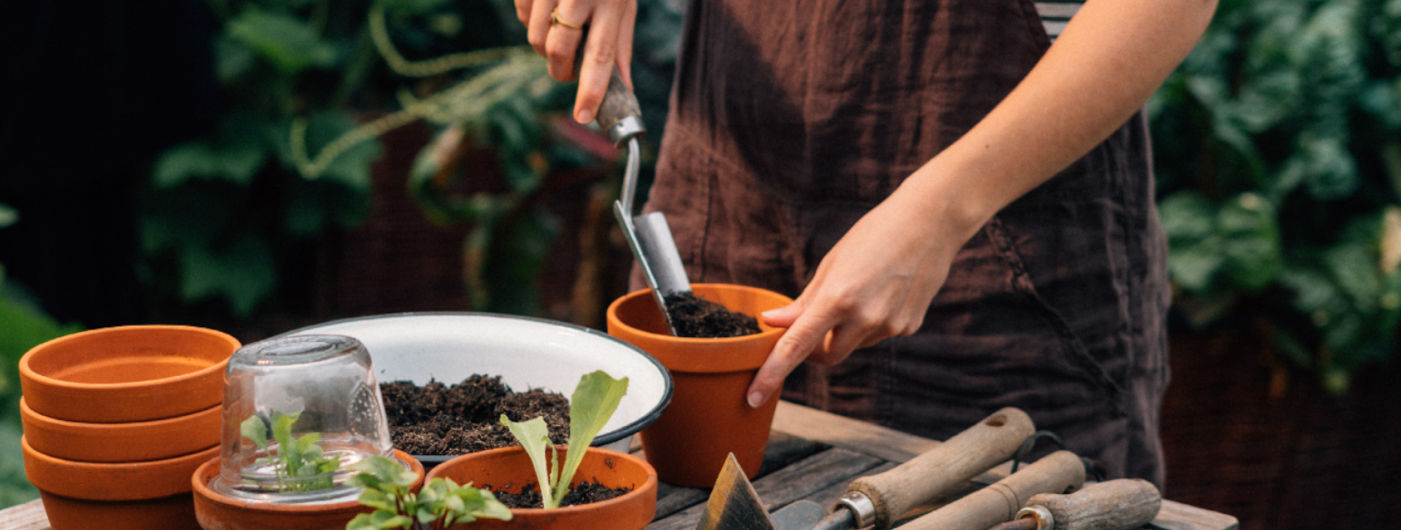Glossary
Direct sowing
Direct sowing is sowing your seeds directly into a bed, raised bed or plant container without starting them beforehand in pots or seed trays. This straightforward way of growing plants works best for robust vegetable varieties, herbs and flowers.
Advantages of direct sowing
- No transplanting – roots can develop undisturbed.
- Less effort – no need for pricking out or potting on.
- Growing with the weather – plants acclimatise to outdoor conditions from the start.
Direct sowing methods
Different sowing methods are used for different types of plants:
- Sowing in rows or drills: Seeds are sown in straight lines set at regular intervals. This makes it easier to look after them as the rows are clearly visible, which helps with weeding. This method is suitable for vegetables like carrots, radishes, lettuce or beans.
- Broadcast sowing: The seeds are scattered loosely across a large area then lightly covered with earth. This method is often used for herbs like cress or dill or summer flowers like cornflowers and marigolds.
- Station sowing: Several seeds are sown together in small groups which are spaced well apart. This method works well for squashes, courgettes and sunflowers.
Plants suitable for direct sowing
- Vegetables: radishes, carrots, peas, beans, beetroot, squashes, courgette.
- Herbs: dill, coriander, parsley, borage.
- Flowers: sunflower, marigold, cornflower, poppy.
Tips for successful direct sowing
- Prepare the soil: a crumbly, fine-textured soil will help the seeds germinate.
- Spread seeds evenly: sow the seeds evenly using the appropriate method – rows, broadcast or station sowing.
- Keep the ground moist: water regularly, especially in the germination phase.
- Space out young plants: thin out overcrowded seedlings.
Direct sowing is a fuss-free method for robust, natural plant development and works very well for gardeners looking to enjoy fresh harvests with the minimum of effort.

